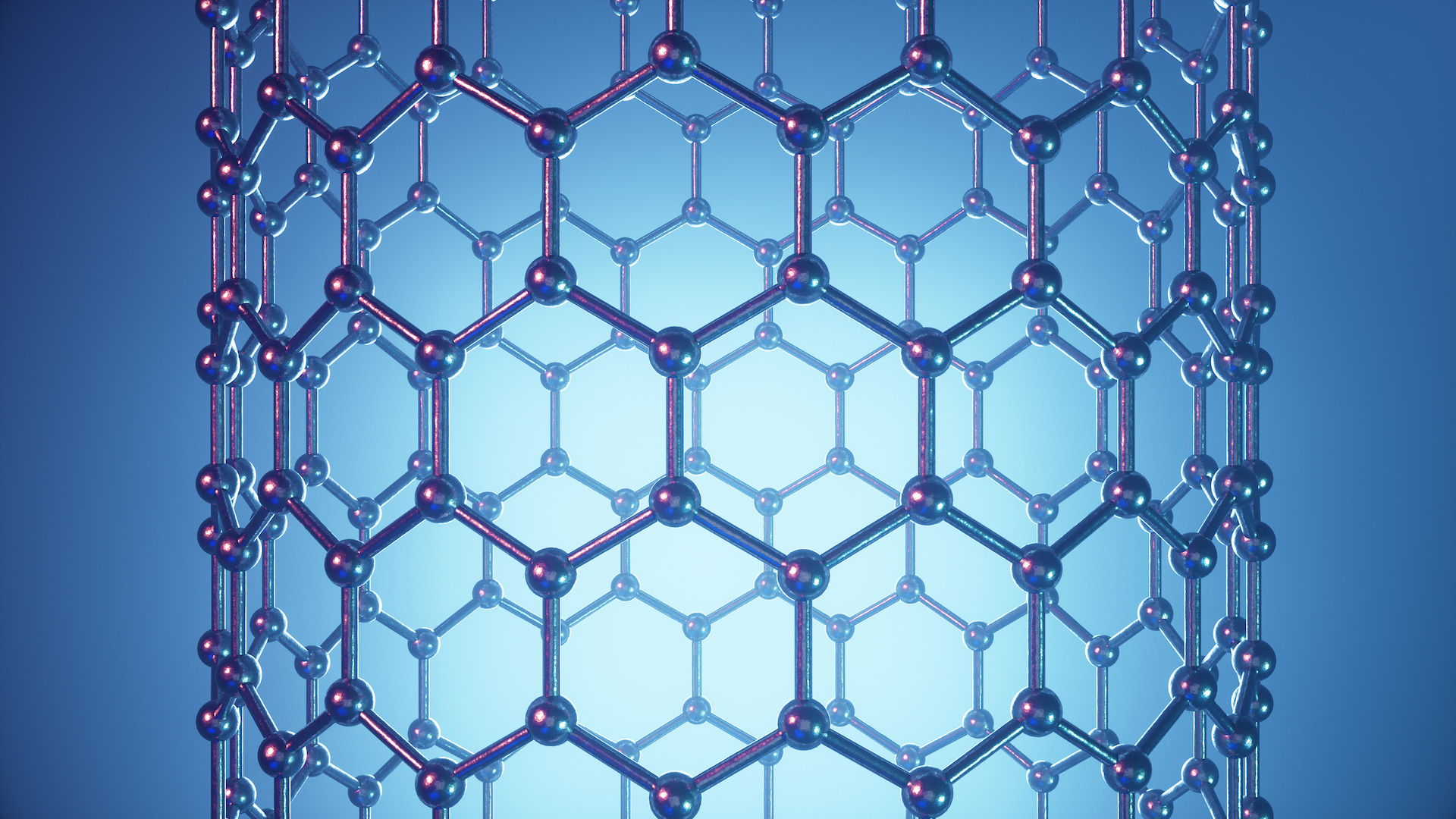The story of human progress is inextricably tied to our mastery of materials. From the Stone Age to the Iron Age, from the advent of silicon in electronics to carbon fiber in modern industry, our ability to understand and manipulate the stuff of the Earth has shaped the trajectory of civilization. Today, we stand on the precipice of a new era, defined not by a ubiquitous element, but by a single, extraordinary material – graphene.
Graphene is a single, one-atom-thick layer of carbon atoms arranged in a two-dimensional honeycomb lattice. Since its isolation in 2004 by researchers at the University of Manchester, graphene has been dubbed a ‘miracle material’ due to its remarkable properties. It is the thinnest compound known to man and also the lightest. Despite its slender profile, graphene is 200 times stronger than steel and harder than a diamond. It conducts heat and electricity more efficiently than any other known material, and yet, it is nearly transparent.
Graphene has a broad spectrum of potential applications. It could revolutionize everything from electronics and biomedicine, to water purification and energy storage. However, as we peer over the horizon and consider what’s possible, it’s crucial to understand what has already been achieved. In particular, let’s delve into the realm of renewable energy technologies, where the Neutrino Energy Group has leveraged the extraordinary properties of graphene to create something truly revolutionary – the neutrinovoltaic technology.
At the core of the Neutrino Energy Group’s technological leap is a specially-designed metamaterial comprising layers of graphene and silicon in an ultra-thin, extraordinarily resilient form. This complex, finely-tuned material is the crux of a revolutionary approach to energy harnessing, exploiting the marvelous attributes of graphene and silicon’s properties. Within the labyrinth of graphene’s possibilities lies a critical application that Neutrino Energy Group has championed – energy production. They have successfully leveraged the unique properties of graphene, notably its strength and electric and thermal conductivity, to devise a means to capture the hitherto untapped energy of subatomic particles known as neutrinos as well as other non-visible radiations.
Neutrinos were once thought to be massless, but a groundbreaking discovery by Takaaki Kajita and Arthur McDonald, which won them the 2015 Nobel Prize in Physics, proved otherwise. These physicists discovered that neutrinos could change ‘flavors,’ indicating that they have mass and, therefore, by Einstein’s equation E=mc^2, energy. Thus, the race to harness this source of energy began. The Neutrino Energy Group adopted an ingenious approach by developing a patented metamaterial composed of ultra-thin layers of graphene and silicon. The intimate placement of these layers and the consequent quantum-level interactions create a resonant system. As neutrinos and other non-visible radiations pass through this metamaterial, they cause it to vibrate minutely. These vibrations are then converted into electrical energy, thanks to the superior conductivity of graphene.
Neutrino Energy Group’s vision of harnessing neutrino energy is crystallized in the Neutrino Power Cube. This remarkable fuel-free autonomous power generator, small yet potent, brings to life the concept of ambient energy conversion. With a modest size but an impressive power output, the Power Cube underscores the extraordinary energy-conversion capabilities of the metamaterial composite and the vast potential of neutrino energy. The Power Cube can generate a net output of 5-6 kW. It operates regardless of weather or time of day, making it a reliable source of power, especially in situations where traditional power sources are unavailable or impractical.
The practical applications of this technology go beyond stationary power generation. The Neutrino Energy Group also envisions transformative potential in the transportation sector. A prime example is the Pi Car, an ambitious project under development. The Pi Car’s design incorporates a “material sandwich” into its bodywork. This material, enhanced by graphene, generates energy when impacted by various environmental energy sources, setting off a stream of electrons or a direct current. This harnessed energy is subsequently stored in state-of-the-art supercapacitors and batteries, overseen by an artificial intelligence-optimized unit that manages propulsion, thus, symbolizes the march towards energy-autonomous transportation, free from the need for conventional fuel sources or charging infrastructures.
The Neutrino Energy Group, with its forward-thinking use of graphene, silicon as well as other amazing advanced materials, is venturing into uncharted territories of energy production. The harnessing of neutrinos and other non-visible radiations signifies a monumental shift towards an era of energy autonomy. It’s a future where the shackles of conventional energy resources are broken, giving way to clean, sustainable, and omnipresent energy that drives our world.


